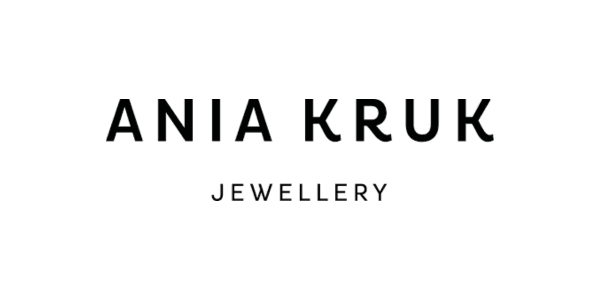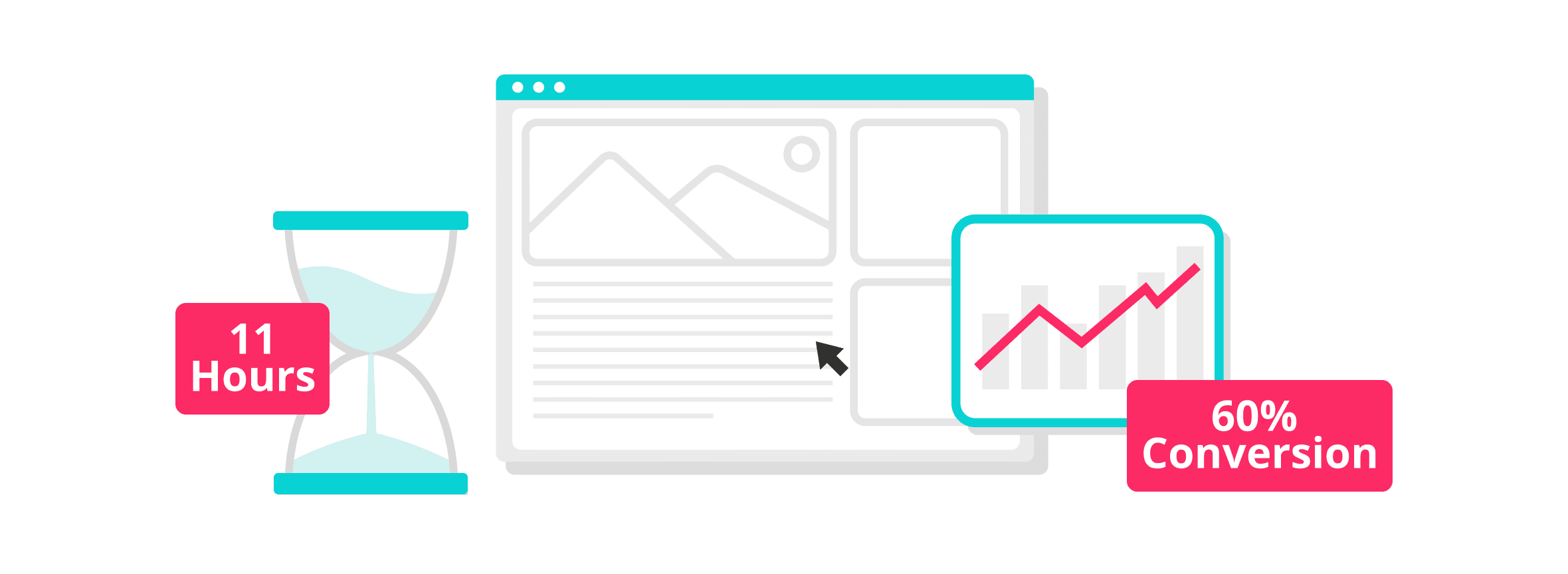Immediate conversion raise instead of time-consuming UX research – Rossmann x CUX Case Study
Rossmann is one of the largest beauty supply store chains in Europe, operating in Germany, Poland, the Czech Republic, Albania, Turkey, Hungary, as well as Kosovo and Spain. The Polish branch operates dynamically in the offline sector. Therefore, they decided to use behavioral data to achieve one of their key development goals – maintaining the leader position in the online H&B sector and distancing themselves from their largest competitor: Hebe.pl.
Prior to engaging with CUX, we evaluated alternative analytics tools. Yet, it was their profound expertise, robust support, and the advanced functionalities of the application that led us to establish a strategic and enduring partnership. Our collaboration is founded not only on trust but also on aligned business development initiatives, particularly our emphasis on prioritized endeavors such as mobile application tracking.
Tomasz Dylik, Head of E-commerce at Rossmann
Industry
E-commerce
Market
B2C
Location
Poland
Scope of Work
Understanding the customer journey and their behavior along the way
Goals
Rossmann's primary analytical objective revolved around gaining insights into customer behavior on the website and mobile devices during the purchasing process. The aim was to map the customer journey behavior and ultimately enhance the digital experience, maintaining Rossmann's position as the most user-friendly online drug store.
As part of satisfaction surveys after the purchasing process, the company came to the following conclusions regarding customer experiences:
- extended delivery and promotion times result in worse customer satisfaction ratings;
- customers appreciate the ability to quickly find products (listings and search bars on the website);
- customers appreciate the extensive and clear category menu;
- customers sometimes do not notice information that the product is unavailable online;
- displaying information about product availability to customers at the checkout level increases their convenience.
Departments involved in working on the analytical strategy, deepening behavioral analysis and working on CUX: Logistic, IT, UX.
Scope of work
Our analytical journey began with a comprehensive examination of customer behavior and expectations on the rossmann.pl website. We focused on the entire purchasing path to gain initial insights, starting from the moment customers entered the shopping cart page. This approach helped us identify when the cart was used as storage or as a wish list and when it became the starting point of the purchasing process, indicating the user's intention to buy. In other words: at what point does the user manifest purchase intention.
Then we analyzed the traffic and users behaviors on the product listing pages. This allowed us to understand how customers become acquainted with the online store's offer and which elements of those paths may cause conversion drops (meaning places where frustration occurs).
To uncover the website's potential for growth in sales, we compared user behavior on product pages between desktop and mobile versions. This allowed us to pinpoint areas with the greatest business potential and opportunities for improvement.
In the next step, we looked at cart abandonment patterns. Repeated analyzes of e-commerce customers' behaviors have proven that the real moment of cart abandonment is completely different from the one we like to consider it to be. Such analysis allows you to save or convert advertising budgets allocated to retargeting campaigns.
Lastly, we conducted a detailed analysis of the checkout process, a critical area often associated with frustration and customer drop-off.
Our analysis of customer journeys yielded in many behavioral insights, subsequent stages of planning analytical activities and – our favourite – quick wins, which are swift implementations delivering immediate results.
Results
Increasing Checkout Conversion by 2 percentage points
Rossmann, an online retail platform, aimed to optimize their checkout process to boost conversion rates. Analysis of visit recordings and heat maps revealed a significant issue in the payment process, where 40% of customers did not notice the button accepting the regulations.
Observation of customer behavior led to the identification of the bottleneck. To enhance the customer experience, Rossmann decided to eliminate the need for logged-in users to deselect consent (as they had already accepted the regulations by creating an account). After implementing this change, there was an immediate positive impact. The conversion rate from choosing the delivery method to completing payment increased by 2 percentage points.
Immediately Catching Frustration in an Advertising Campaign
Rossmann conducted an advertising campaign, focusing on free delivery. During the campaign, they noticed a discrepancy between user behavior and the expected engagement on the campaign landing page.
Utilizing CUX analysis, Rossmann compared heatmaps with link maps to identify the source of customer frustration. They discovered that users were clicking on a non-clickable advertising banner at the top of the page. Swift action was taken to address this issue by changing the banner to a clickable one, and aligning it with user expectations. This proactive approach based on frustration detection resulted in an improved campaign performance.
Impact
- Rossmann, in collaboration with our team, successfully increased checkout conversion by 2 percentage points through the strategic use of Conversion Waterfalls in CUX. By configuring critical purchasing paths, the team identified and addressed bottlenecks, specifically focusing on a regulatory consent issue for logged-in users. The removal of the need to deselect consent for these users streamlined the process, resulting in an immediate positive impact on conversion rates.
- During an advertising campaign, frustration was detected in user behavior on the campaign landing page. Leveraging CUX analysis, Rossmann pinpointed the source of frustration — a non-clickable advertising banner. Rapid intervention allowed for the banner's transformation into a clickable format, aligning user expectations and improving overall campaign engagement.
- By employing Conversion Waterfalls within the CUX, several configurations of crucial purchasing paths were optimized. This approach allowed for a targeted improvement in the customer journey, ensuring a smoother and more efficient experience for users navigating through the online shopping process.
- In collaboration with Rossmann, a pilot program for qualitative analytics of mobile applications on Android systems is set to launch soon. This innovative addition to CUX introduces a new module for analyzing mobile applications. The method involves autocapturing of events without imposing any operational burden on the client side of the application. This expansion showcases a commitment to staying at the forefront of technology for comprehensive customer experience optimization.
- CUX proved instrumental in allowing the team to focus on specific data points rather than the entire customer journey. This precision in analysis enabled targeted interventions, driving improvements in conversion rates and overall user satisfaction.
Testimonial from the client
So far, before implementing various new solutions, our UX team has tested them on prototypes and conducted qualitative research on a small, quantitative groups. This is a very time- and money-consuming process — from finding an appropriate company, through ordering research, preparing prototypes and interactive models, to collecting and analyzing data. However, in CUX we get data-backed answers to our hypotheses immediately. The additional value that CUX provided us with was the fact that we were under constant care. From PoC, through training, status meetings, to reports. We weren't thrown into the deep end with qualitative analytics.However, in CUX we get data-backed answers to our hypotheses immediately. The additional value that CUX provided us with was the fact that we were under constant care. From PoC, through training, status meetings, to reports. We weren't thrown into the deep end with qualitative analytics.
Władysław Jaworski, E-commerce specialist at Rossmann
Final Checklist
✔ Understanding customers and their behavior was the most important step in optimizing their experience.
✔ CUX's Visit Recordings and Heatmap enables immediate checkout conversion improvement.
✔ Tracking campaign performance with CUX helps in capturing and addressing users' frustrations.
✔ CUX's Goal-oriented Analytics enables understanding users' expectations and optimizing crucial purchasing paths.
✔ With goal-oriented analytics, you’ll be able to focus only on data that matters (for example, mapping behaviors on customer journeys leading to conversion from social media).
✔ CUX and Rossmann's collaboration enabled the start of the upcoming Mobile Application Analytics pilot program.
Start your FREE Trial today and start improving your digital user
experience with data-driven decisions.




